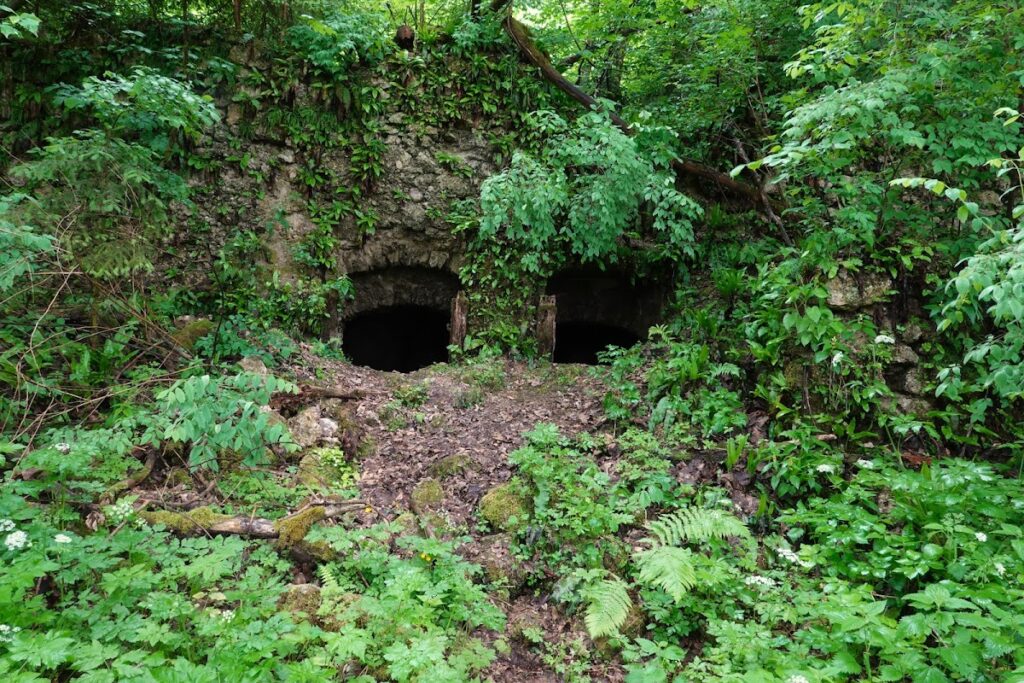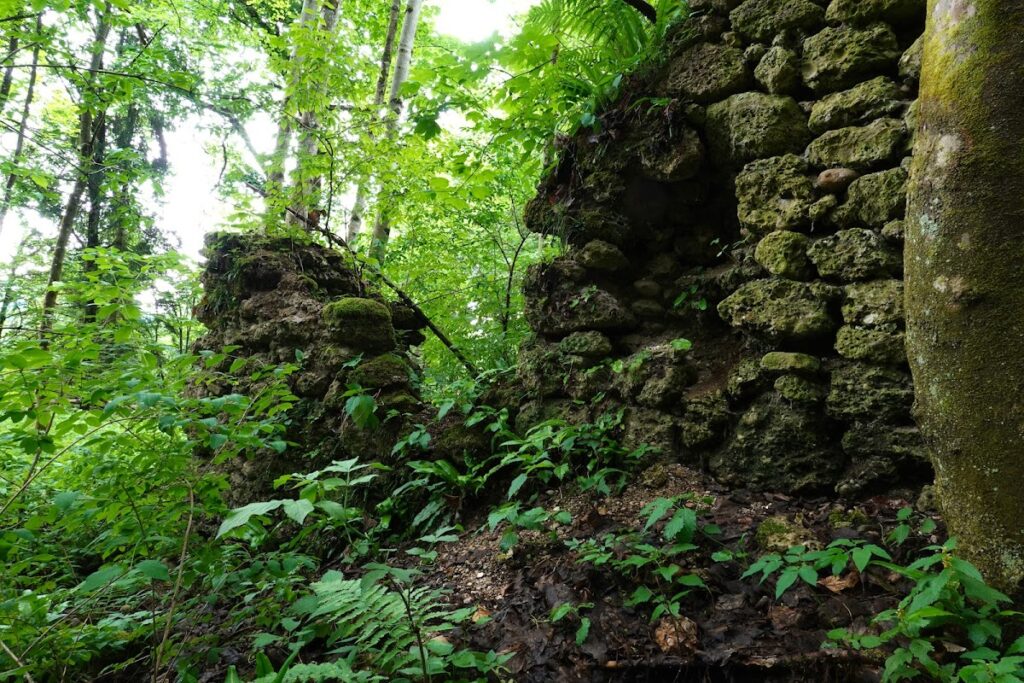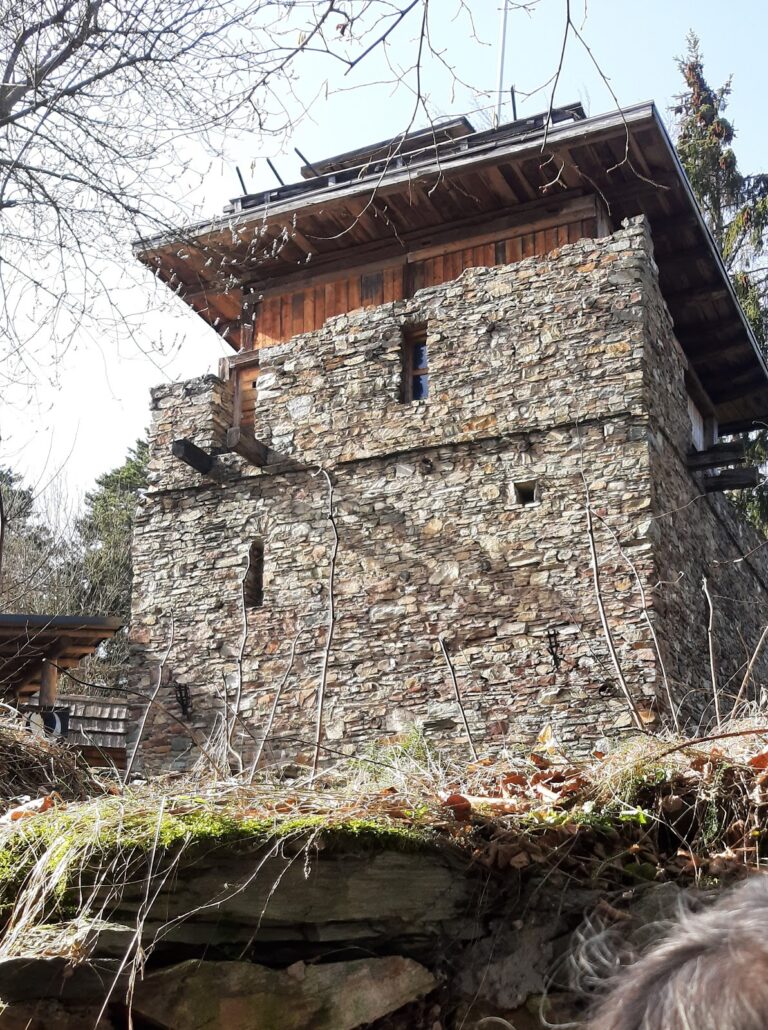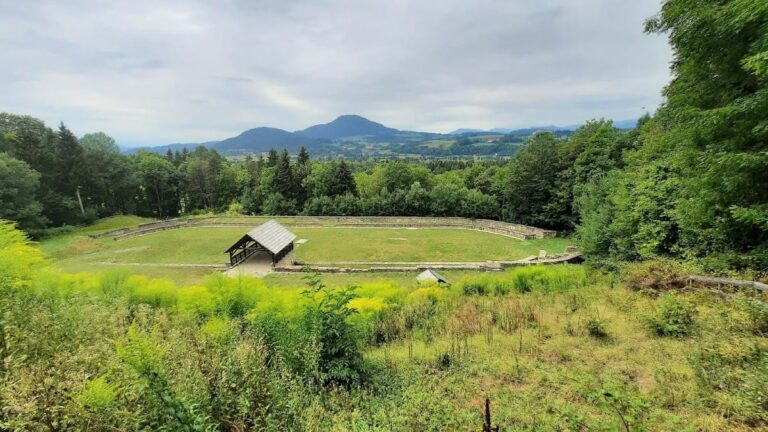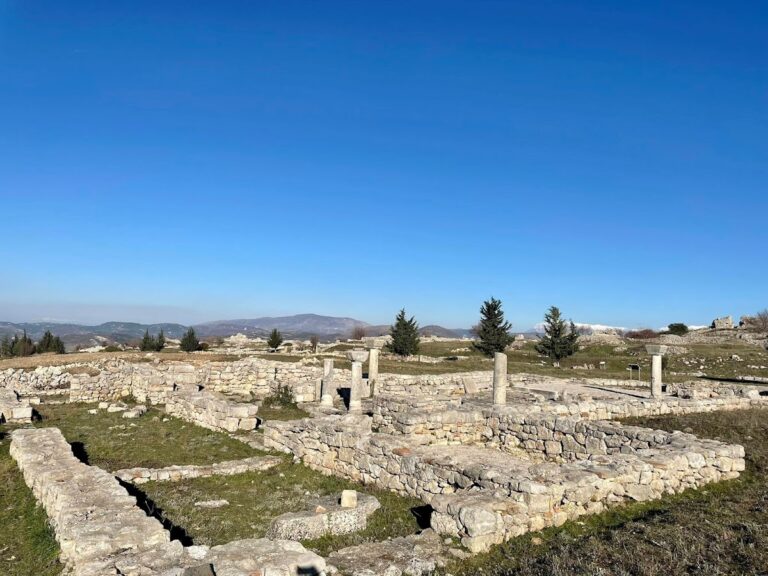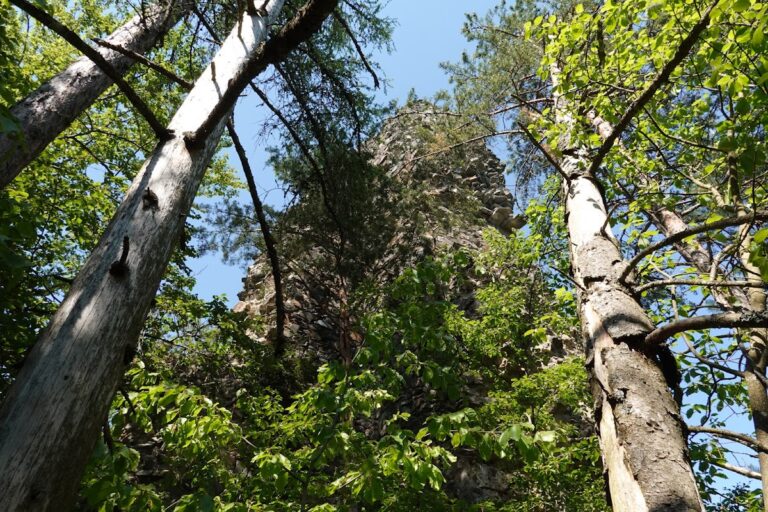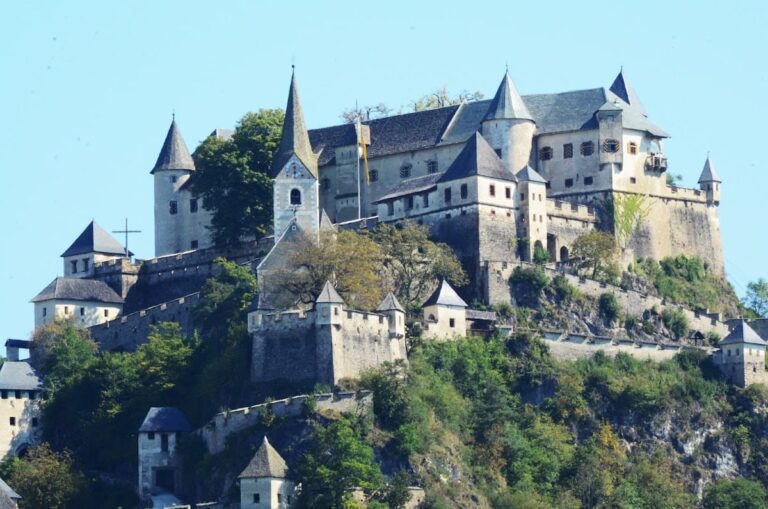Burgruine Greifenfels: A Medieval Fortress in Ebenthal, Austria
Visitor Information
Google Rating: 4.6
Popularity: Very Low
Google Maps: View on Google Maps
Country: Austria
Civilization: Unclassified
Remains: Military
History
Burgruine Greifenfels is located in the municipality of Ebenthal in present-day Austria. This fortress was constructed by members of the medieval German-speaking nobility in the early 13th century. Around 1230 or 1231, Wulfing and Heinrich von Gurnitz received authorization from Pope Gregory IX to establish a stronghold on land that belonged to the nearby Viktring monastery.
In 1315, control of the castle passed to the Auffensteiner family, marking the first significant change in ownership documented in its history. Subsequently, in either 1404 or 1408, the fortress came under the possession of the Lords of Neuhaus. This family’s tenure included the mid-16th century when they built Schloss Ebenthal at a lower elevation, below the original castle site, completing it in 1566. Following the completion of this new residence, Burgruine Greifenfels was gradually deserted and formally abandoned by 1588 as its defenders and owners relocated to the more modern and comfortable Schloss Ebenthal.
Since the early 18th century, specifically from 1704 onward, the ruins of Greifenfels have belonged to the Counts of Goëss. Throughout its history, the castle did not record notable military conflicts or upheavals but reflects a pattern of noble habitation, strategic placement on monastic land, and eventual decline common in the development of many medieval fortresses in the region.
Remains
The surviving ruins of Burgruine Greifenfels are sparse, giving only subtle traces of the castle’s original structure. The fortification occupies a natural rocky hill whose uneven shape directed the design of the surrounding defensive wall, resulting in an irregular enclosure about 35 meters in length and 20 meters in width. This enclosing barrier, called a ring wall, was built with multiple angled sections rather than straight lines, adapting closely to the natural contours of the terrain.
The construction material includes carefully shaped blocks of tuff, a type of volcanic stone, and limestone. These stones were skillfully cut and positioned, particularly evident in the corners of the wall where stability was essential. Within the remains, the northeast corner stands out as the most reconstructible fragment. Archaeological evidence there includes a specially carved drainage stone, a feature consistent with its likely role as part of the kitchen area. This drainage would have helped manage water or waste, indicating attention to practical aspects of daily castle life.
Today, the remnants at Greifenfels offer a delicate outline of the former fortress, preserved in a fragmentary state but still readable enough to convey the original layout and function of key areas within the medieval stronghold. These modest remains contribute valuable insight into the architectural methods and strategic use of natural landscape prevalent during the castle’s active centuries.
